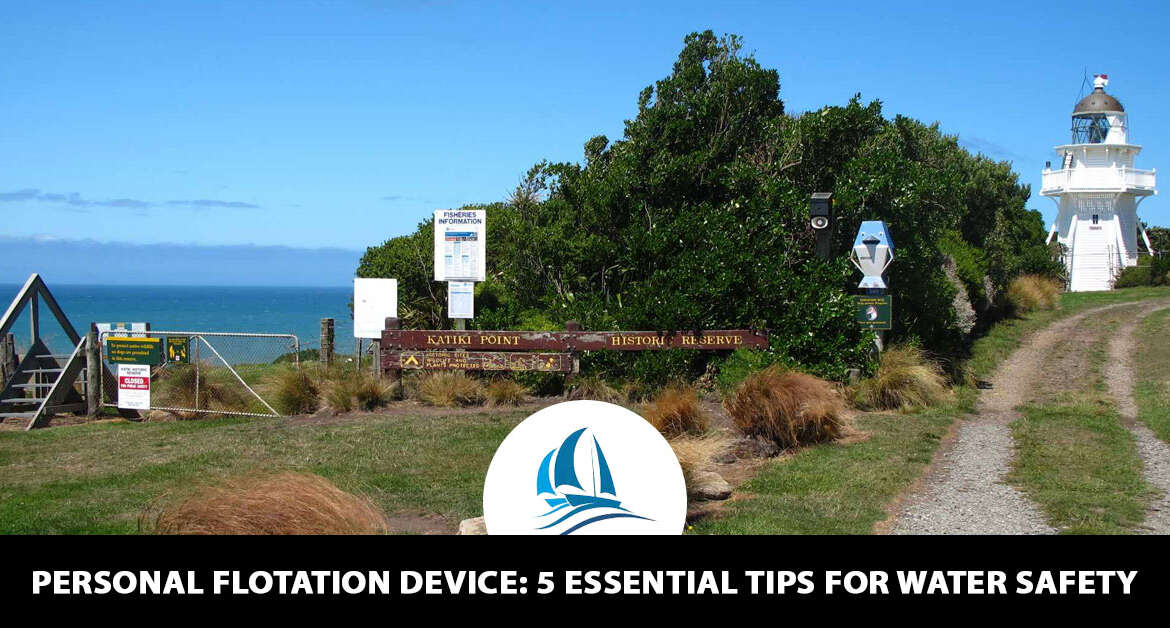Exploring the Beauty and History of Katiki Point Lighthouse
Nestled on the southeastern coast of New Zealand’s South Island, Katiki Point Lighthouse stands as a sentinel of both maritime safety and historical significance. This guide will take you through the rich history, stunning natural beauty, and unique experiences offered by one of New Zealand’s most picturesque lighthouses.
The Historical Significance of Katiki Point Lighthouse
Early Beginnings
Katiki Point Lighthouse was first lit on April 22, 1878, making it one of the earlier lighthouses established in New Zealand. The need for a lighthouse at Katiki Point arose from the increased maritime traffic along the Otago coast, driven by the gold rush and subsequent economic activities.
Architectural Design
The lighthouse was designed by John Blackett, a prominent New Zealand engineer. The structure stands at 8 meters high, and its light is visible for 19 nautical miles. Built from imported iron, it was constructed to withstand the harsh coastal weather conditions.
Technological Evolution
Initially, the lighthouse operated using a kerosene lamp. Over the years, it saw several technological upgrades, including the introduction of a diaphone foghorn in the 1930s. Today, the lighthouse is fully automated and powered by solar energy, symbolizing the blend of historical heritage and modern technology.
Visiting Katiki Point Lighthouse
Step 1: Planning Your Visit
Before setting off to Katiki Point Lighthouse, it’s essential to plan your trip. The lighthouse is located near the town of Moeraki, approximately 80 kilometers north of Dunedin. The best way to get there is by car, as public transportation options are limited.
Step 2: Check Accessibility
Katiki Point Lighthouse is accessible to the public, and there is a well-marked path leading to the lighthouse. However, the track can be uneven and muddy, especially after rain, so wear sturdy shoes. The walk to the lighthouse is relatively easy, taking about 20 minutes from the parking area.
Step 3: What to Bring
Pack accordingly for your visit. Bring a camera to capture the stunning coastal views, binoculars for wildlife spotting, and a jacket, as the coastal winds can be strong.
Step 4: Learn About the History
Enhance your visit by learning about the history of the lighthouse. There are informational plaques on-site, and you can also visit the New Zealand Heritage website for more detailed historical information.
Exploring the Surroundings
Wildlife Watching
Katiki Point is renowned for its rich wildlife. The area is a sanctuary for the endangered yellow-eyed penguin, or hoiho, as well as fur seals and various seabirds. Respect the wildlife by keeping a safe distance and not disturbing their natural habitat.
Scenic Views
The views from Katiki Point Lighthouse are nothing short of spectacular. You can see the rugged coastline stretching out to the horizon, with waves crashing against the rocks below. Sunrise and sunset are particularly magical times to visit.
The Moeraki Boulders
A short drive from Katiki Point are the famous Moeraki Boulders, a must-see natural wonder. These large, spherical stones are scattered along Koekohe Beach and are believed to be over 60 million years old. Their unique shapes and sizes make them a fascinating geological feature.
Anecdotes from Katiki Point Lighthouse
The Keeper’s Legacy
One of the most memorable keepers of Katiki Point Lighthouse was William Milne, who served from 1901 to 1912. Milne was known for his dedication, often braving storms and rough seas to ensure the light was always operational. His family lived on-site, and his daughter, Grace, would later recall the isolation and beauty of life at the lighthouse.
The Tale of the Rescued Penguins
In the 1990s, a severe storm hit the Otago coast, washing several young penguins ashore near Katiki Point. Local volunteers and conservationists banded together to rescue and rehabilitate the penguins, demonstrating the community’s commitment to preserving the area’s natural heritage.
Promoting Environmental Sustainability
Conservation Efforts
The area around Katiki Point Lighthouse is part of a protected reserve managed by the Department of Conservation. Visitors are encouraged to respect the environment by staying on marked paths and not littering. Participating in local conservation efforts, such as beach clean-ups, can also help preserve this beautiful area for future generations.
Eco-Friendly Practices
When visiting, adopt eco-friendly practices. Use reusable water bottles and bags, and be mindful of your waste. Supporting local businesses that prioritize sustainability also contributes to the conservation of katiki point lighthouse.
Conclusion: Why Visit Katiki Point Lighthouse
Katiki Point Lighthouse is more than just a beacon; it’s a gateway to New Zealand’s rich maritime history and stunning natural beauty. Whether you’re a history enthusiast, a wildlife lover, or simply seeking a serene escape, this lighthouse offers a unique and enriching experience.
From its historical beginnings to its role in modern-day conservation, Katiki Point Lighthouse stands as a testament to the enduring relationship between humans and the sea. Plan your visit today and discover the magic of this iconic landmark.
Embark on your journey to Katiki Point Lighthouse with confidence, knowing you’ll be exploring one of New Zealand’s most treasured sites. Happy travels!



Leave a reply